Home>Garden Essentials>What Is The Best Landscaping Fabric To Prevent Weeds
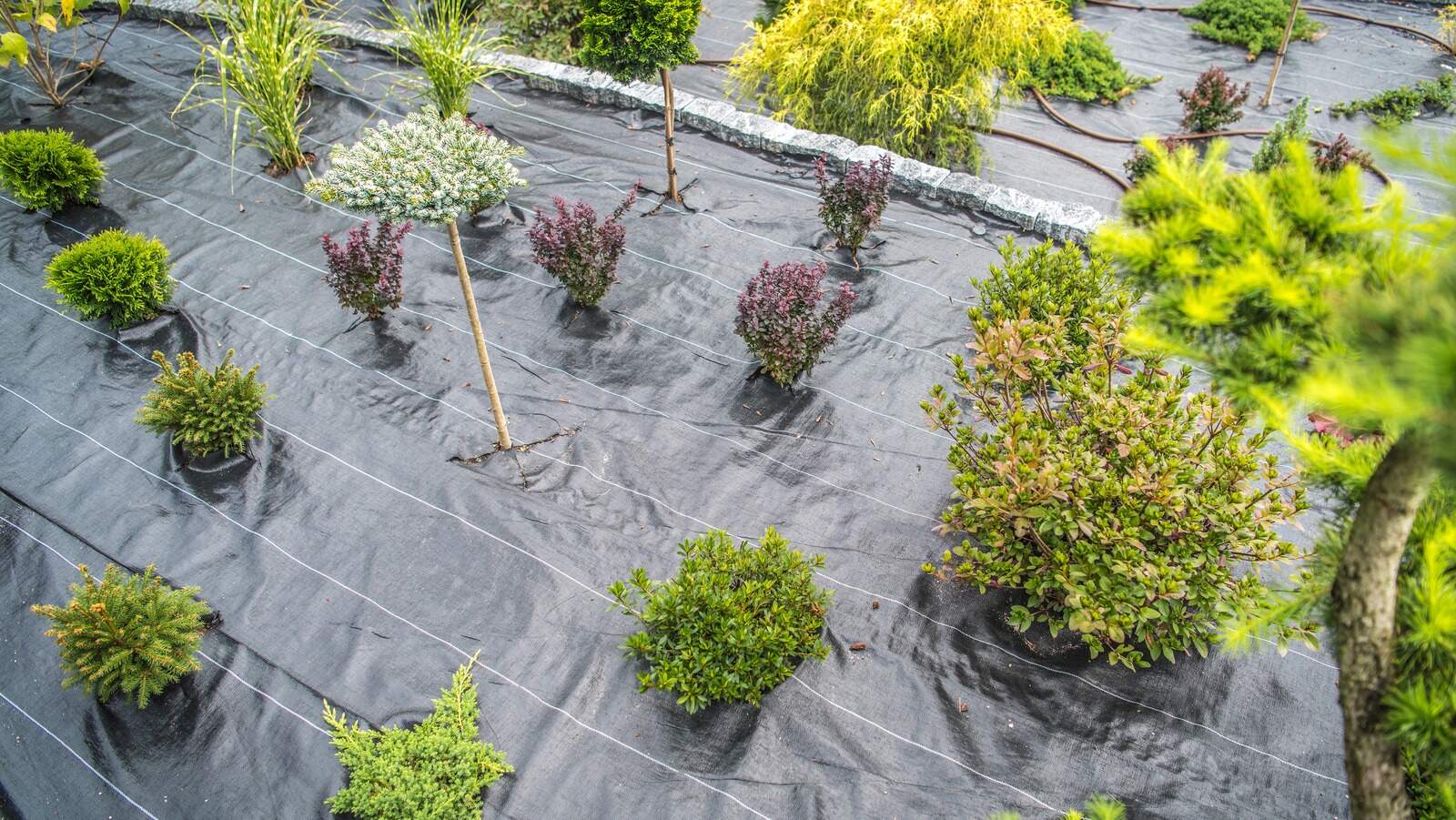

Garden Essentials
What Is The Best Landscaping Fabric To Prevent Weeds
Modified: March 7, 2024
Looking to keep your garden free from weeds? Discover the best landscaping fabric designed to prevent weed growth and maintain a beautiful garden.
(Many of the links in this article redirect to a specific reviewed product. Your purchase of these products through affiliate links helps to generate commission for Storables.com, at no extra cost. Learn more)
Introduction
When it comes to maintaining a beautiful garden, one of the biggest challenges gardeners face is dealing with unwanted weeds. Weeds can quickly overrun a garden, stealing nutrients from desirable plants and making the space look unkempt. Fortunately, there is a solution that can help control this issue and keep your garden looking pristine. That solution is landscaping fabric.
Landscaping fabric, also known as weed fabric or weed barrier, is a material that is used to suppress weed growth while still allowing water and air to reach the soil. It acts as a physical barrier, preventing weed seeds from germinating and growing. By using landscaping fabric, you can significantly reduce the amount of time and effort spent on weeding, giving you more time to enjoy your garden.
Not only does landscaping fabric help prevent weed growth, but it also offers several other key benefits. First and foremost, it helps conserve water by reducing evaporation from the soil surface. This is especially important in dry climates or during drought periods. Additionally, landscaping fabric helps regulate soil temperature, keeping it cooler during hot summer months and warmer during colder seasons, which can promote healthier plant growth.
Another advantage of using landscaping fabric is its ability to create a neat and organized appearance in your garden. By creating a barrier between the soil and the rest of your garden, the fabric helps define garden beds and pathways, keeping them free from encroaching weeds. This creates a visually appealing and well-maintained garden space.
When considering the use of landscaping fabric, it is important to keep a few factors in mind. Firstly, choose a fabric that is permeable to water and air. This will ensure that your plants receive the necessary moisture and oxygen for optimal growth. Additionally, consider the durability of the fabric. You want a material that will withstand the elements and not degrade over time.
There are different types of landscaping fabric available in the market, each with its own set of characteristics and advantages. Non-woven fabric is a popular choice, as it is lightweight and easy to install. Woven fabric, on the other hand, is more durable and resistant to tears, but can be harder to work with. Other options include biodegradable fabric, which breaks down over time, and recycled fabric made from recycled materials.
In this article, we will compare and analyze different types of landscaping fabric to help you determine the best option for preventing weeds in your garden. We will discuss the pros and cons of each type and provide recommendations for the top landscaping fabric to consider. Additionally, we will explore how to properly install and maintain the fabric to ensure long-lasting weed control in your garden.
By the end of this article, you will have all the information you need to make an informed decision and effectively prevent weeds in your garden using the best landscaping fabric available.
Key Takeaways:
- Landscaping fabric prevents weeds, conserves water, and enhances plant growth. Choose the right type based on durability, ease of installation, and sustainability goals for a beautiful, low-maintenance garden.
- Properly install and maintain landscaping fabric to effectively prevent weed growth. Regular inspection, mulch replenishment, and avoiding heavy foot traffic are key to a weed-free garden.
Read more: What Is Landscaping Fabric
Benefits of using landscaping fabric to prevent weeds
Landscaping fabric offers a range of benefits when it comes to preventing weeds in your garden. Let’s explore some of the key advantages:
- Weed Suppression: The primary benefit of using landscaping fabric is its ability to suppress weed growth. The fabric acts as a physical barrier, preventing weed seeds from reaching the soil and germinating. This helps reduce the amount of time and effort spent on weeding, allowing you to focus on more enjoyable aspects of gardening.
- Moisture Retention: Landscaping fabric helps conserve moisture in the soil by reducing evaporation. It acts as a protective layer, preventing water from escaping and keeping the soil hydrated for longer periods. This is especially beneficial in arid climates or during dry spells when water conservation is essential.
- Enhanced Plant Growth: By inhibiting weed growth, landscaping fabric allows plants to access nutrients, water, and sunlight more effectively. With fewer weeds competing for resources, your desired plants will have a better chance to flourish and grow stronger.
- Regulated Soil Temperature: Another advantage of using landscaping fabric is its ability to regulate the temperature of the soil. During hot summer months, the fabric helps keep the soil cooler by blocking direct sunlight. In colder seasons, it acts as insulation, retaining heat and protecting the roots of your plants.
- Reduced Erosion: Landscaping fabric helps prevent soil erosion by holding the soil in place. Heavy rainfall can wash away the top layer of soil, leaving your plants vulnerable. The fabric acts as a shield, preventing erosion and preserving the integrity of the soil.
- Visual Appeal: A well-maintained garden not only brings joy to the gardener but also enhances the overall aesthetic appeal of your outdoor space. Landscaping fabric creates a clean and organized look by preventing weeds from infiltrating garden beds and pathways. This makes your garden visually pleasing and inviting.
- Sustainable Weed Control: Using landscaping fabric is an environmentally friendly approach to weed control. As it suppresses weed growth, the need for chemical herbicides is greatly reduced or eliminated. This promotes a healthier ecosystem in your garden and minimizes any negative impact on beneficial insects and wildlife.
It is important to note that while landscaping fabric offers numerous benefits, it is not a foolproof solution. Weeds may still find their way through small gaps or tears in the fabric, and some persistent weeds can even root on top of the fabric. However, when combined with proper installation and maintenance, landscaping fabric can significantly reduce weed infestations and simplify your gardening tasks.
Now that we understand the benefits of using landscaping fabric, let’s dive deeper into the factors to consider when choosing the right type of fabric for your garden.
Factors to consider when choosing landscaping fabric
When selecting landscaping fabric for your garden, it’s important to consider several factors to ensure you choose the most suitable option. Here are key factors to keep in mind:
- Permeability: Opt for a landscaping fabric that is permeable to water and air. This allows essential moisture and oxygen to reach the soil and plant roots, promoting healthy growth. Look for fabric that has microperforations or a loose weave pattern, which allows for proper drainage while still preventing weed growth.
- Durability: A durable fabric will withstand weather conditions and resist tearing. Consider the longevity of the fabric and select one that is made of high-quality materials. Keep in mind that thicker fabrics are generally more robust and less likely to deteriorate over time, but they can be challenging to work with during installation.
- Ease of Installation: Choose a landscaping fabric that is easy to install, especially if you’re planning on covering a large area. Non-woven fabric is often preferred for its lightweight and flexible nature, making it easier to handle and cut according to the shape of your garden beds.
- Chemical Resistance: Some landscaping fabrics are treated with chemicals to provide additional weed control. If you prefer an organic or chemical-free approach, make sure to select a fabric that is labeled as such. Be cautious of toxins, as they may harm beneficial organisms and affect the overall health of your garden.
- Appearance: Consider the overall look you want to achieve in your garden. Some landscaping fabrics come in different colors, allowing you to choose one that blends seamlessly with your garden design. This can create a more aesthetically pleasing and cohesive look.
- Cost: Evaluate your budget and compare the costs of different landscaping fabrics. Keep in mind that while cheaper options may seem appealing, they may lack quality or durability. Investing in a higher-quality fabric upfront can save you time and money in the long run, as it will last longer and require less maintenance.
By taking these factors into consideration, you can narrow down your options and make an informed decision about which landscaping fabric will work best for your garden. Next, let’s explore the different types of landscaping fabric available in the market and compare their features.
Types of landscaping fabric
When it comes to choosing landscaping fabric, there are several types available, each with its own characteristics and benefits. Here are the most common types of landscaping fabric:
- Non-woven Fabric: Non-woven fabric is a popular option due to its lightweight and easy installation. It is made by binding fibers together using heat, chemicals, or mechanical processes. This type of fabric allows water and air to pass through, providing adequate drainage and ventilation for your plants. Non-woven fabric is generally permeable and durable, making it an excellent choice for most gardeners.
- Woven Fabric: Woven fabric is created by interlacing individual threads in a crisscross pattern, forming a tight and sturdy fabric. It is known for its durability and resistance to tears. Woven fabric can be more challenging to work with during installation due to its stiffness, but it offers excellent weed suppression and long-term weed control. This type of fabric may be more suitable for larger, high-traffic areas, such as pathways or driveways.
- Biodegradable Fabric: For gardeners looking for an eco-friendly option, biodegradable fabric is a great choice. Made from natural materials such as jute or hemp, this type of fabric breaks down over time, eventually decomposing into the soil. Biodegradable fabric is an excellent option for annual gardens or areas where long-term weed control is not necessary.
- Recycled Fabric: Recycled landscaping fabric is made from recycled materials, offering a sustainable solution for weed control. It reduces waste and helps conserve resources. This type of fabric is generally durable and effective in weed suppression, making it a popular choice for environmentally conscious gardeners.
Each type of landscaping fabric has its own advantages and drawbacks, so it’s important to consider your specific gardening needs and preferences when making a selection.
Now that we’ve explored the different types of landscaping fabric, let’s compare their features and see which one is the best choice for preventing weeds in your garden.
Comparison of different types of landscaping fabric
When choosing landscaping fabric for weed prevention, it’s essential to understand the differences between the various types available. Here is a comparison of the most common types of landscaping fabric:
- Non-woven Fabric: Non-woven fabric is lightweight and easy to install, making it a popular choice for many gardeners. It provides good water and air permeability, allowing for proper drainage and ventilation. Non-woven fabric is generally durable and provides excellent weed suppression. However, it may not be as tear-resistant as woven fabric and can break down over time.
- Woven Fabric: Woven fabric is known for its strength and durability. It offers superior tear resistance and is more suitable for areas with heavy foot traffic. Woven fabric provides excellent long-term weed control and can withstand harsh weather conditions. However, it can be more challenging to install due to its stiffness, and it may not allow as much water and air penetration as non-woven fabric.
- Biodegradable Fabric: Biodegradable fabric is an eco-friendly option that breaks down over time and enriches the soil. It is typically made from natural materials such as jute or hemp. Biodegradable fabric provides effective weed suppression and is perfect for temporary plantings or annual gardens. However, it may not offer the same level of durability as non-woven or woven fabric, and it may have a shorter lifespan.
- Recycled Fabric: Recycled landscaping fabric is a sustainable option that reduces waste and promotes resource conservation. It is generally durable and provides effective weed control. Recycled fabric is an excellent choice for environmentally conscious gardeners who want to minimize their ecological footprint. However, it may have limitations in terms of tear resistance and long-term durability compared to non-woven or woven fabric.
Overall, the best type of landscaping fabric for preventing weeds depends on your specific needs and preferences. If you’re looking for easy installation and good weed suppression, non-woven fabric is a reliable choice. If you require a more sturdy and long-lasting option, woven fabric may be the preferred option, especially for high-traffic areas. Biodegradable fabric is ideal for those seeking an environmentally friendly solution, while recycled fabric offers a sustainable alternative with reliable weed control.
Consider factors such as the type of plants you are growing, the level of foot traffic in your garden, and your sustainability goals when deciding which type of landscaping fabric would be most suitable for your garden.
Now that we’ve compared the different types of landscaping fabric, let’s identify the best landscaping fabric options for preventing weeds in your garden.
Look for landscaping fabric made of woven polypropylene, as it is durable and allows water and nutrients to pass through while blocking weeds.
Best landscaping fabric for preventing weeds
Choosing the best landscaping fabric is crucial for effective weed prevention in your garden. Based on the comparison of different types of landscaping fabric, here are some top recommendations:
- Non-woven Fabric: Non-woven fabric is a versatile and popular choice for preventing weeds. It offers good permeability, allowing water and air to reach the soil while stopping weed growth. Look for non-woven fabric with a thickness of at least 3 ounces per square yard for optimal durability. One highly recommended brand is Dewitt Pro-5 Weed Barrier, which provides excellent weed suppression and has a long lifespan.
- Woven Fabric: If you have high-traffic areas or need a more robust option, woven fabric is an excellent choice. It offers superior tear resistance and long-term weed control. One recommended brand is Scotts Pro Landscape Fabric, known for its durability and ability to withstand heavy foot traffic. It comes in various sizes and provides excellent weed suppression for larger gardens or commercial landscapes.
- Biodegradable Fabric: For those seeking an environmentally friendly option, biodegradable fabric is the way to go. It gradually breaks down over time, enriching the soil and reducing waste. One highly recommended brand is EcoGardener Premium Biodegradable Weed Barrier, which is made from natural materials such as jute, providing effective weed control while being eco-conscious.
- Recycled Fabric: Recycled landscaping fabric offers a sustainable solution for weed prevention while reducing environmental impact. One top-rated brand is ECOgardener Premium Recycled Plastic Weed Barrier, made from recycled materials and known for its durability. It provides reliable weed control and promotes a greener approach to gardening.
Ultimately, the best landscaping fabric for preventing weeds depends on your specific needs, budget, and sustainability preferences. Consider the size of your garden, the types of plants you are growing, and the level of foot traffic when making your choice.
It’s important to note that proper installation and maintenance are imperative for the effective use of landscaping fabric. Follow the manufacturer’s guidelines for installation, ensuring that the fabric covers the entire desired area and overlaps at the seams. Regularly inspect the fabric for any damage or tears and promptly address any issues to maintain its weed-blocking abilities.
By selecting the best landscaping fabric for your garden and properly maintaining it, you can significantly reduce weed growth and enjoy a beautifully maintained outdoor space.
Next, let’s explore the proper installation and maintenance of landscaping fabric to maximize its effectiveness in weed prevention.
How to properly install landscaping fabric
Proper installation of landscaping fabric is essential to its effectiveness in weed prevention. Here are step-by-step instructions to ensure you install it correctly:
- Prepare the area: Start by clearing the area of any existing weeds, rocks, and debris. It’s important to have a clean and smooth surface before installing the fabric.
- Measure and cut the fabric: Measure the area you want to cover with landscaping fabric and cut the fabric to fit. Allow for an additional 6-12 inches of overlap at the edges to prevent weeds from sneaking through the seams.
- Dig trenches: Along the edges of the area where you’ll be installing the fabric, dig small trenches approximately 2-3 inches deep. These trenches will help secure the edges of the fabric and prevent weed growth from underneath.
- Start laying the fabric: Begin by placing the fabric at one end of the area and unrolling it along the desired path. Smooth out any wrinkles or folds as you go to ensure proper coverage.
- Secure the edges: Place the edges of the fabric into the trenches you dug earlier. This will help anchor the fabric and prevent it from shifting or being lifted by wind or foot traffic. Alternatively, you can use landscape staples or anchor pins to secure the fabric at regular intervals along the edges.
- Cut holes for plants: If you have existing plants or plan to plant new ones, cut small X-shaped holes in the fabric where you want to place them. Make the holes slightly larger than the root ball of the plants, allowing them to grow and access the soil while still providing weed control around them.
- Overlap and secure seams: Ensure that each piece of fabric overlaps with the adjacent one by 6-12 inches. This overlap will prevent weeds from finding their way through the seams. Use landscape staples or anchor pins to secure the overlapped areas together.
- Add a layer of mulch: To enhance the appearance and improve weed suppression, spread a layer of organic mulch, such as wood chips or straw, over the top of the fabric. Mulch helps retain moisture in the soil, regulates temperature, and further inhibits weed growth.
Following these steps will provide a strong foundation for your landscaping fabric, effectively preventing weeds and maintaining a neat and tidy garden space. Remember to periodically check the fabric for any signs of damage or weed growth and address any issues promptly.
Next, let’s discuss how to properly maintain and upkeep your landscaping fabric to ensure long-lasting weed prevention.
Maintenance and upkeep of landscaping fabric
Maintaining and properly caring for your landscaping fabric is crucial to ensure its long-term effectiveness in weed prevention. Here are some essential maintenance tips:
- Regular inspection: Periodically check the landscaping fabric for any signs of damage, such as tears or holes. Inspect the seams and edges as well to ensure they are secure and intact. Address any issues promptly to prevent weed growth.
- Weed removal: Although landscaping fabric helps suppress weeds, some persistent weeds may still find their way through small gaps or tears. Regularly inspect your garden beds and remove any weeds that manage to penetrate the fabric. Be cautious not to damage the fabric while weeding.
- Mulch replenishment: Over time, the layer of mulch on top of the fabric may degrade or thin out. Replenish the mulch layer as necessary to maintain its thickness and effectiveness in suppressing weeds. Additionally, ensure that the mulch is not directly touching the fabric, as this can create a conducive environment for weed growth.
- Avoid heavy foot traffic: While landscaping fabric is designed to withstand normal foot traffic, excessive or heavy use can exert stress on the fabric and potentially lead to tears or damage. Avoid walking or placing heavy objects directly on the fabric to preserve its integrity.
- Proper watering: Watering your garden beds correctly is essential for the health of your plants and the effectiveness of the landscaping fabric. Ensure that water is adequately penetrating the fabric and reaching the plants’ roots. Avoid excessive watering, as pooling water can create a breeding ground for weeds.
- Avoid using herbicides: Since the purpose of landscaping fabric is weed control, it is generally not necessary to use herbicides on top of the fabric. Herbicides can potentially damage the fabric or be ineffective due to limited contact with the weeds. Instead, focus on manual weed removal and maintenance of the fabric.
- Regular monitoring: Keep an eye on your garden beds throughout the growing season, particularly around the edges of the landscaping fabric. Weeds may try to establish themselves along the edges where the fabric meets the soil. Promptly remove any weed growth in these areas to maintain the integrity of the weed barrier.
By following these maintenance practices, you can ensure that your landscaping fabric remains effective in preventing weed growth and enjoy a low-maintenance garden. Regular inspection and proactive weed removal will help keep your garden beds clean and free from unwanted vegetation.
Remember, landscaping fabric is not a foolproof solution, and some weeds may still manage to grow. However, proper installation, maintenance, and a combination of techniques such as mulching and hand weeding will offer the best results in weed control.
Now that we know how to maintain and care for the landscaping fabric, let’s conclude our discussion.
Conclusion
Landscaping fabric is a valuable tool in the battle against weeds, offering numerous benefits for gardeners. By effectively suppressing weed growth, landscaping fabric saves time and effort that would otherwise be spent on tedious weeding tasks. It also conserves water, regulates soil temperature, and enhances the visual appeal of your garden.
When choosing the best landscaping fabric for weed prevention, consider factors such as permeability, durability, ease of installation, chemical resistance, appearance, and cost. Non-woven fabric is a popular and versatile choice, while woven fabric provides added strength and tear resistance. Biodegradable and recycled fabrics offer eco-friendly options.
Proper installation is crucial for maximizing the effectiveness of landscaping fabric. Clear the area, measure and cut the fabric, secure the edges, and create holes for plantings. Adding a layer of mulch further enhances weed suppression and improves the overall appearance of your garden.
Regular inspection, weed removal, mulch replenishment, and avoiding heavy foot traffic are important forms of maintenance for landscaping fabric. By staying diligent and addressing any issues promptly, you can ensure the long-term effectiveness of the fabric in preventing weed growth.
Remember that landscaping fabric is not a complete solution and weeds may still find ways to grow. However, when used in conjunction with other weed control methods, such as hand weeding and mulching, it can significantly reduce weed infestations and make gardening more enjoyable.
Ultimately, by carefully selecting and properly installing landscaping fabric, and by implementing regular maintenance practices, you can create a beautiful and weed-free garden space that you can enjoy throughout the seasons.
So, why spend countless hours battling relentless weeds when you can invest in landscaping fabric and reclaim your time to indulge in the pleasures of gardening? Choose the right fabric, install it properly, and maintain it diligently to enjoy a weed-free and thriving garden.
Frequently Asked Questions about What Is The Best Landscaping Fabric To Prevent Weeds
Was this page helpful?
At Storables.com, we guarantee accurate and reliable information. Our content, validated by Expert Board Contributors, is crafted following stringent Editorial Policies. We're committed to providing you with well-researched, expert-backed insights for all your informational needs.
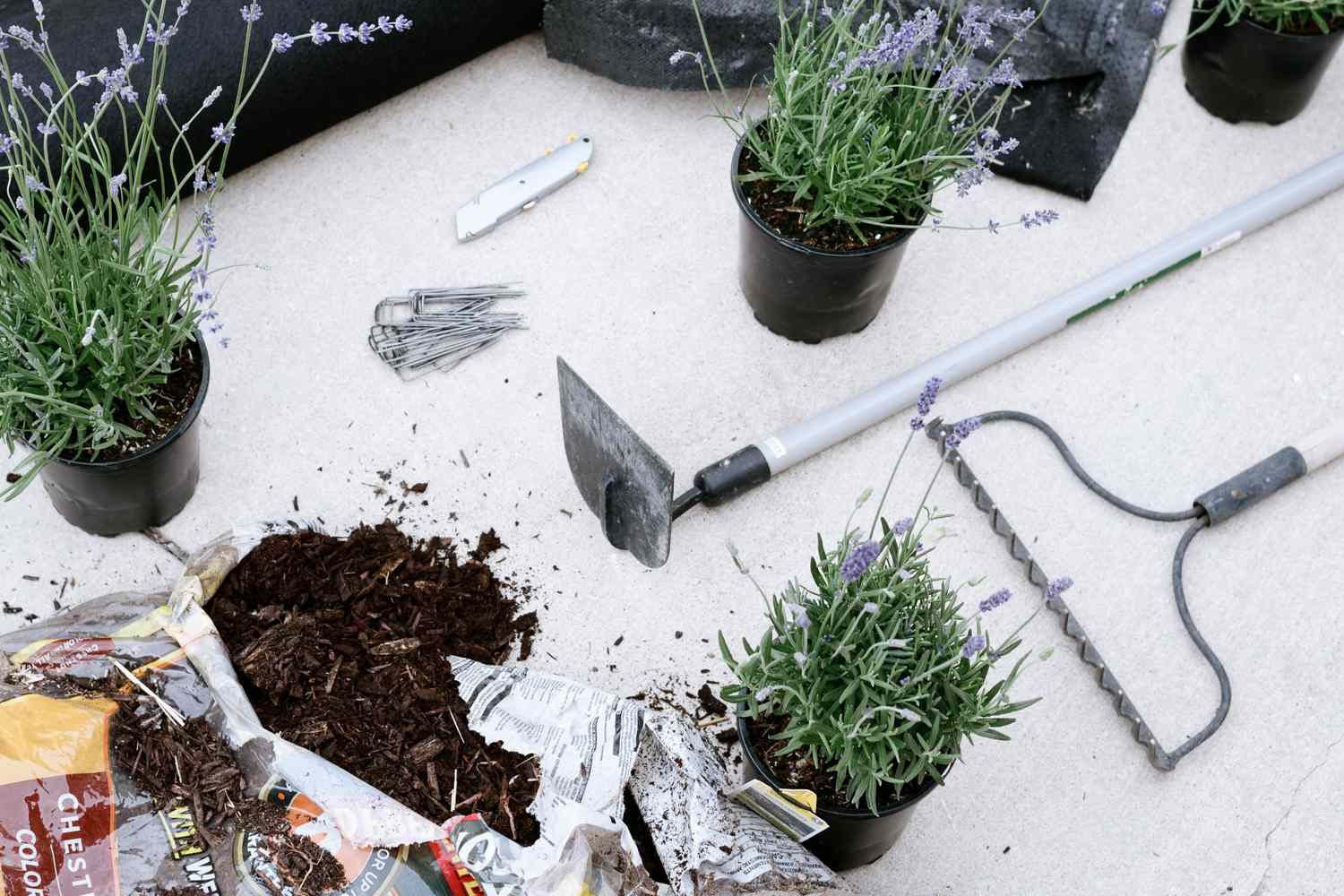
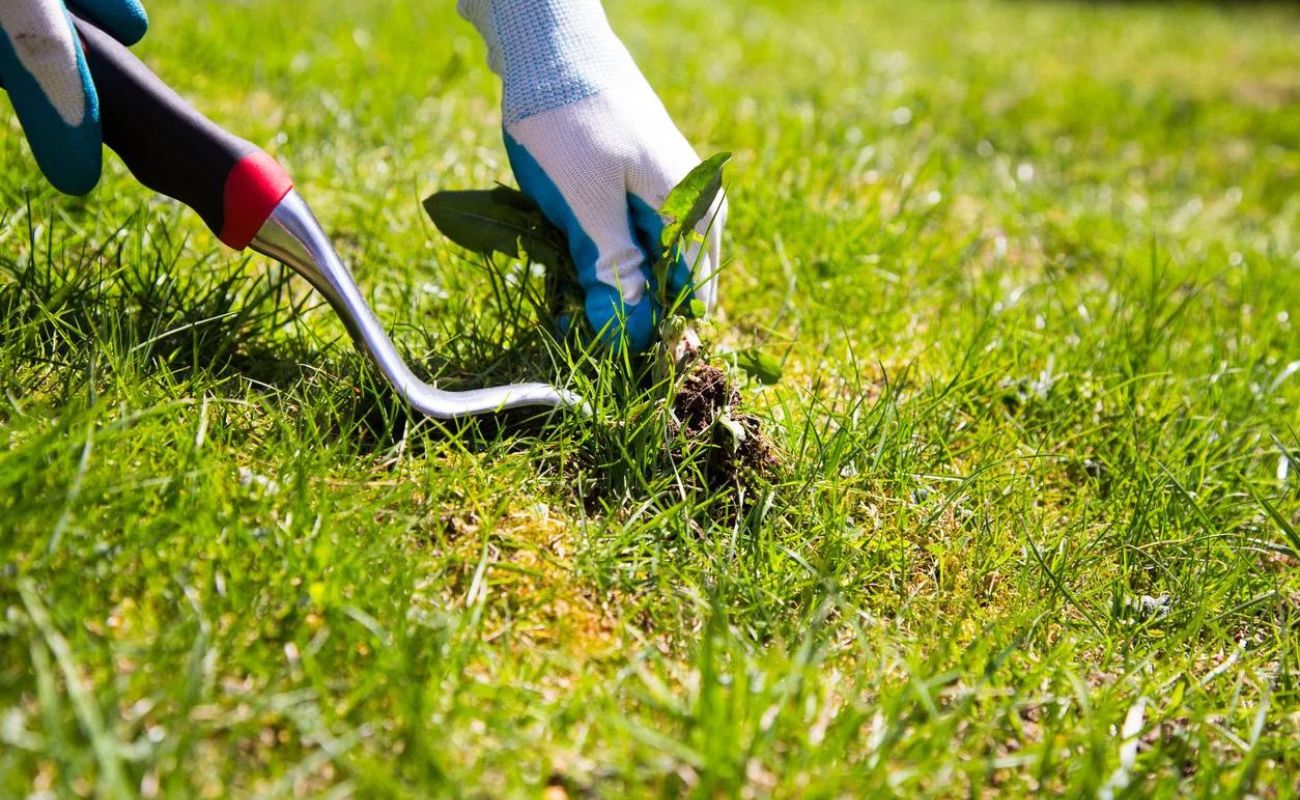
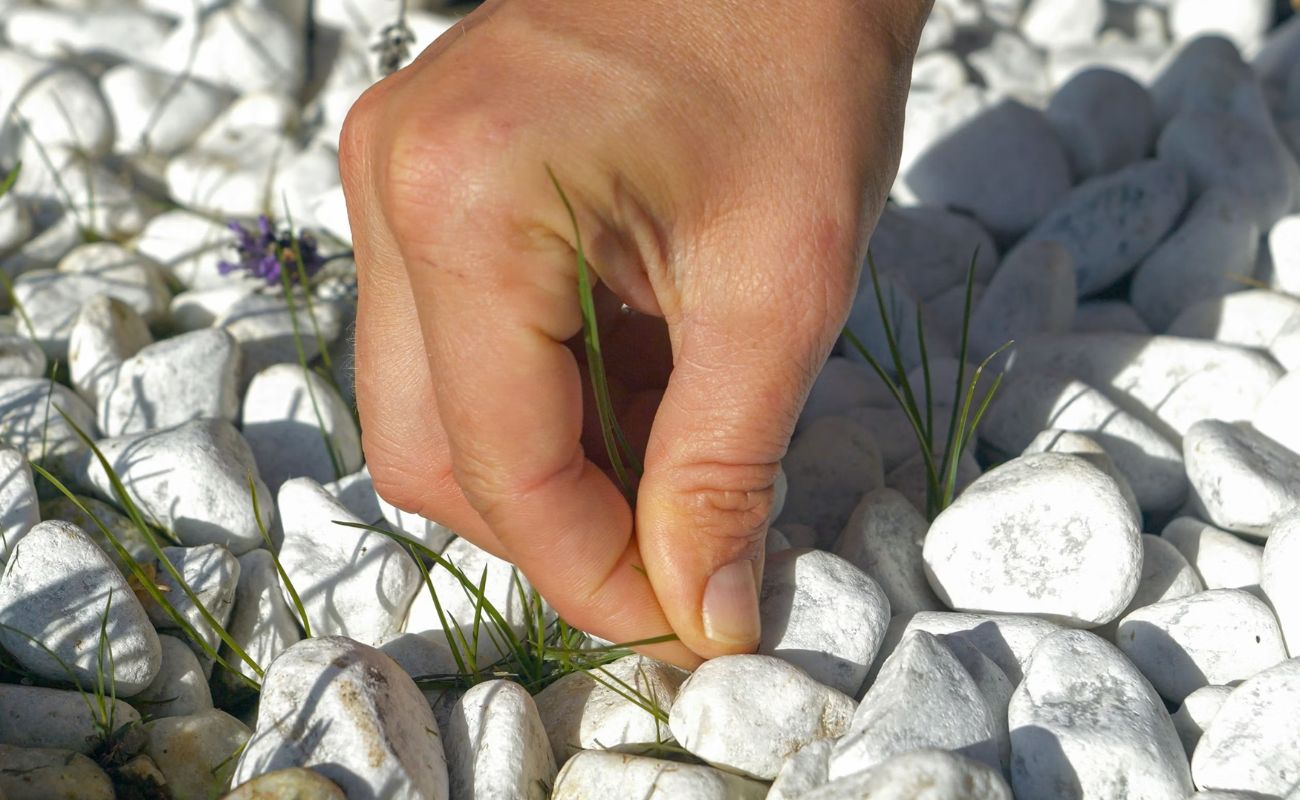
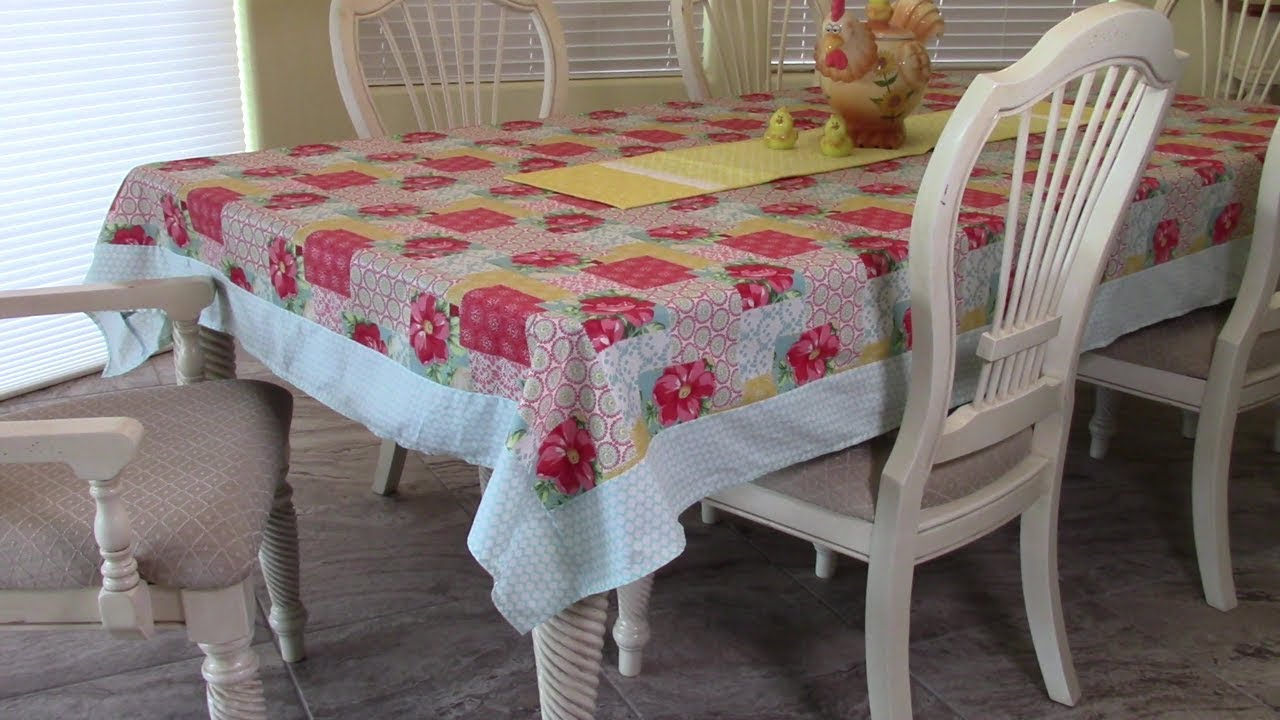
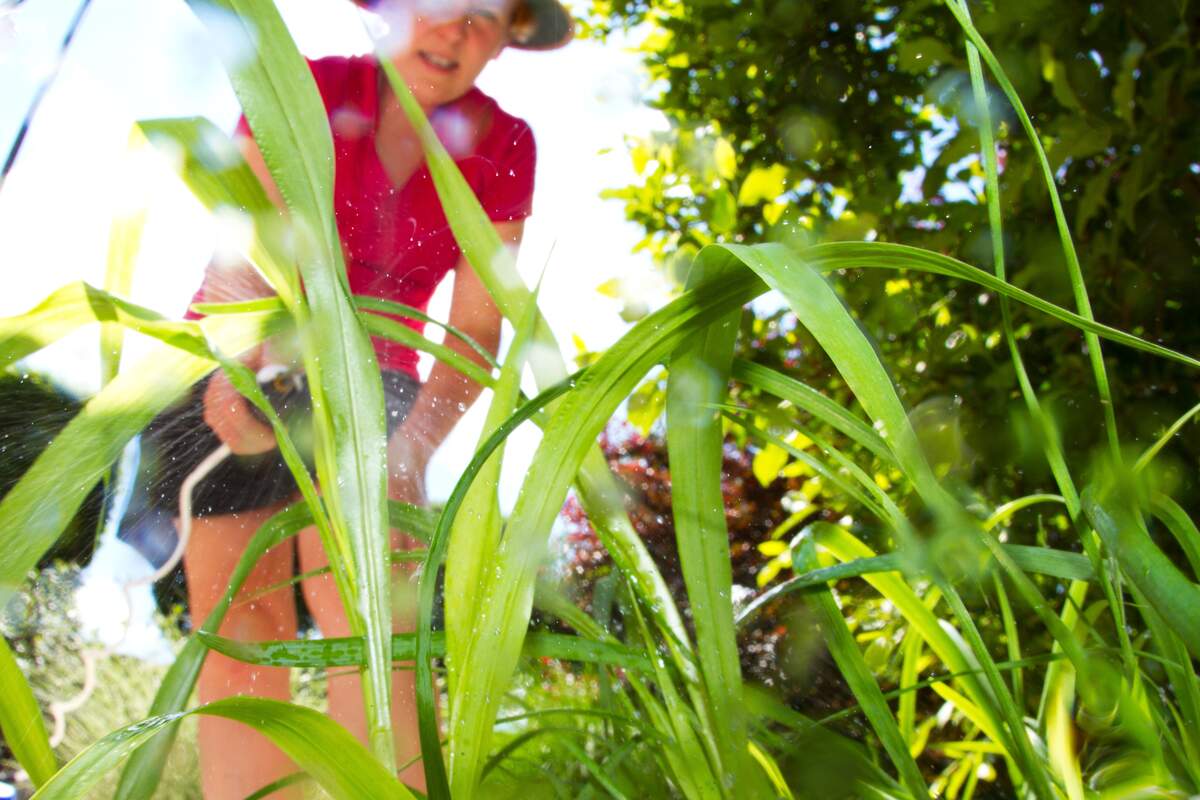
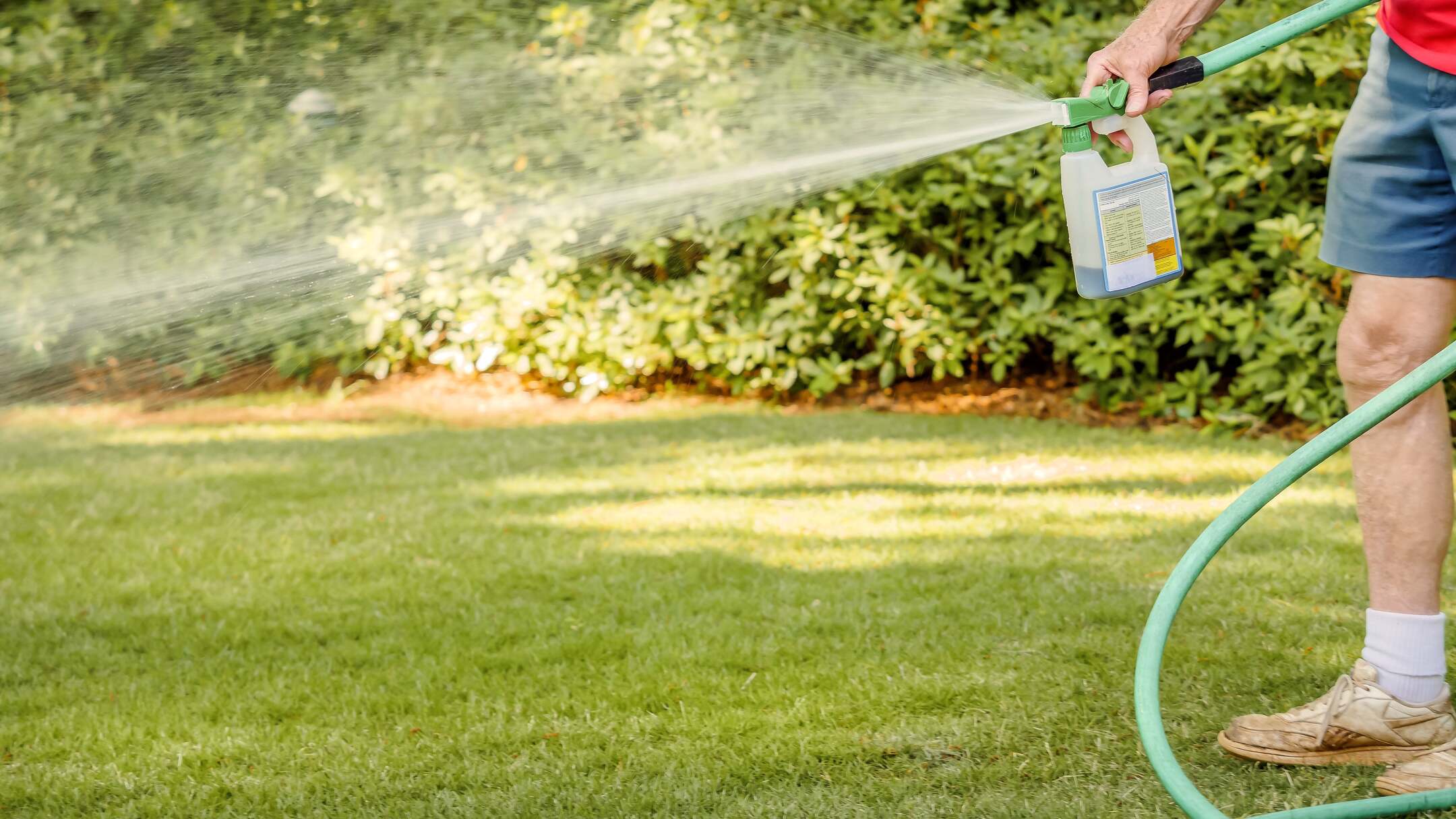
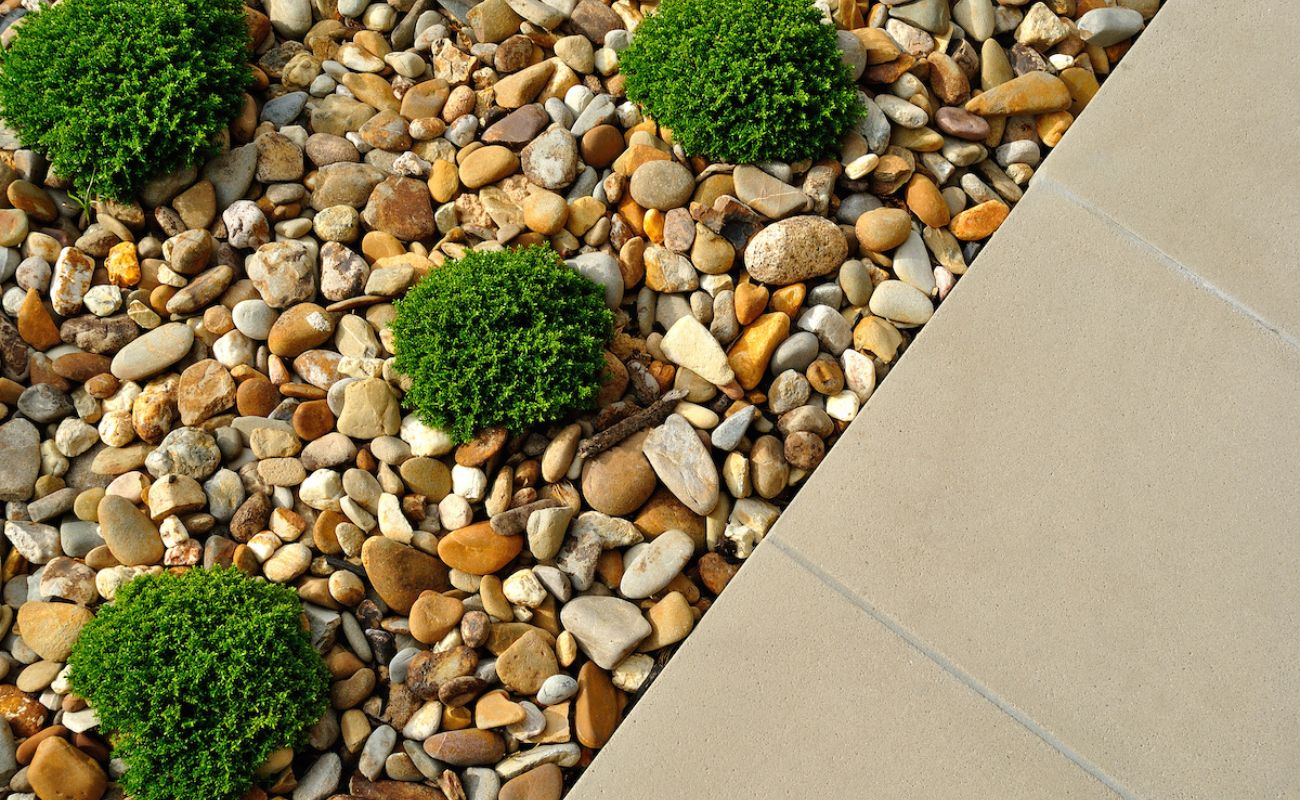
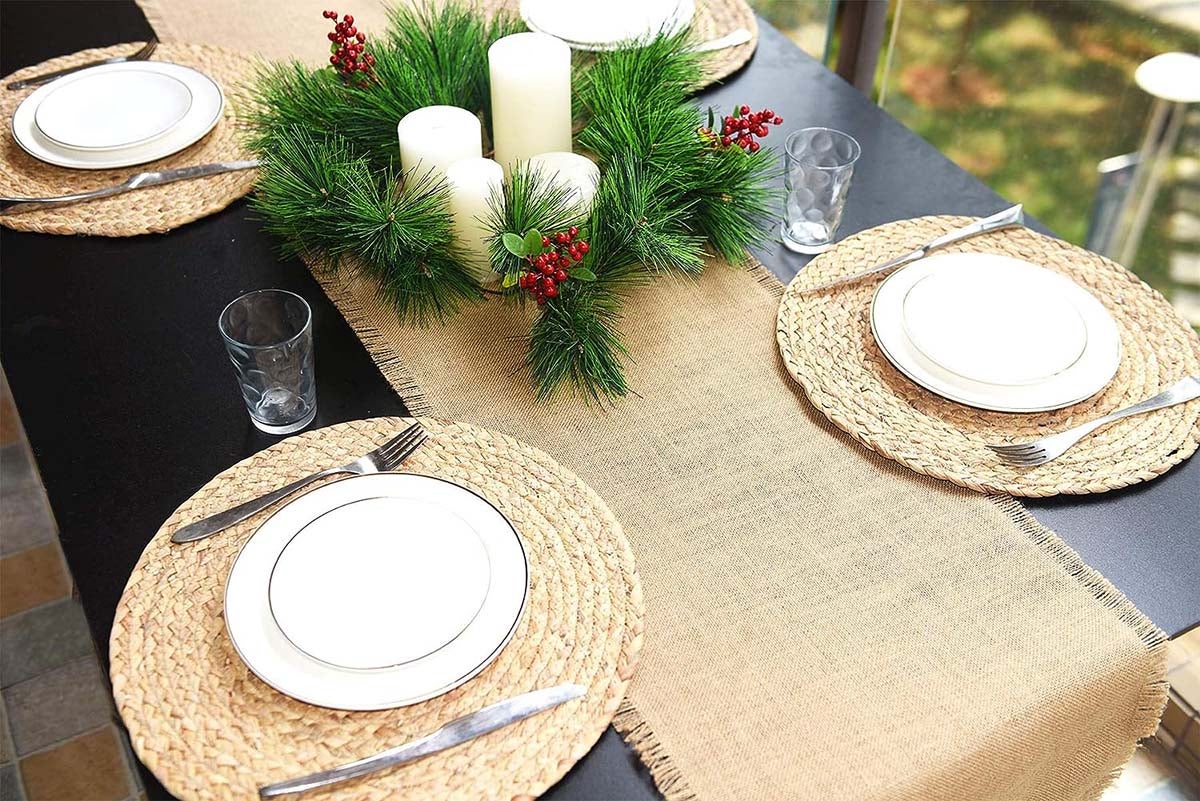
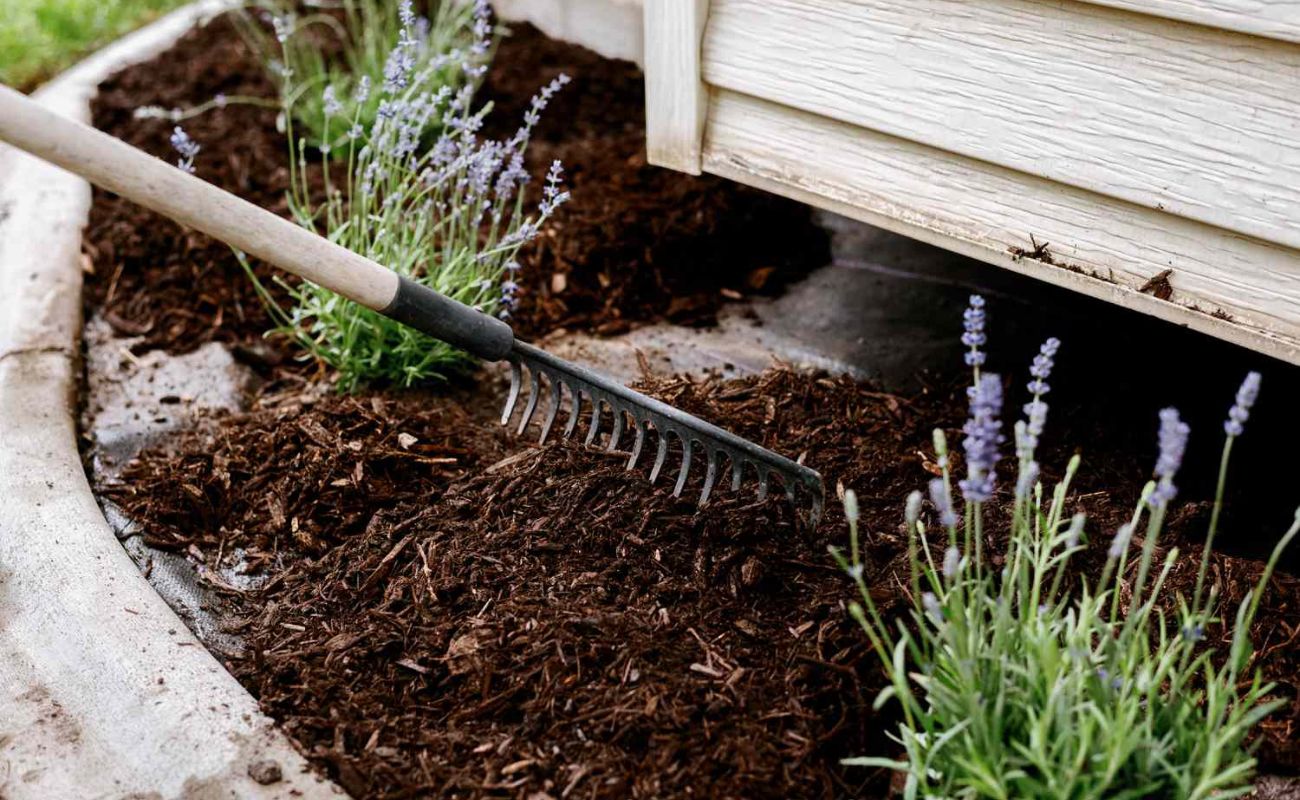
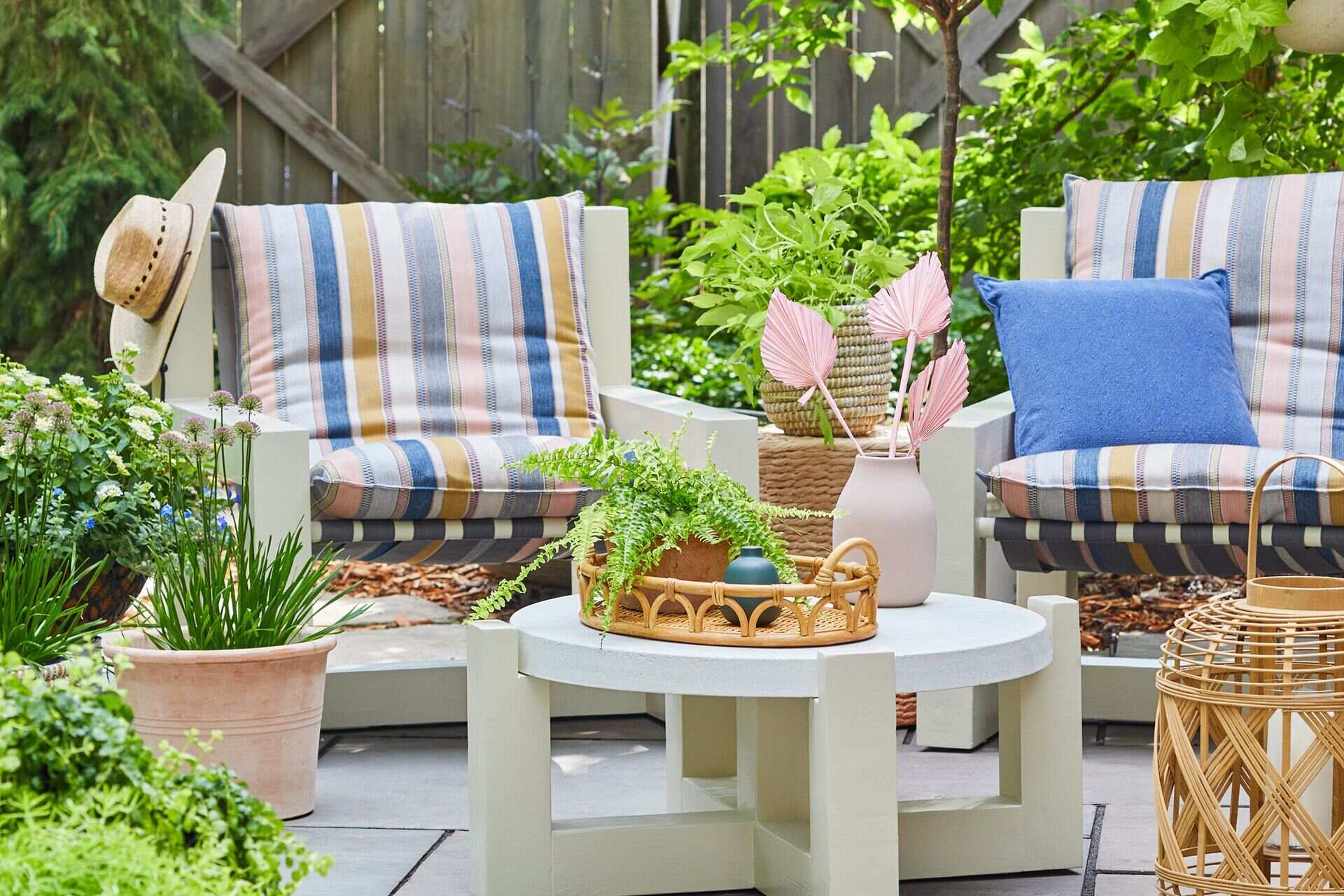
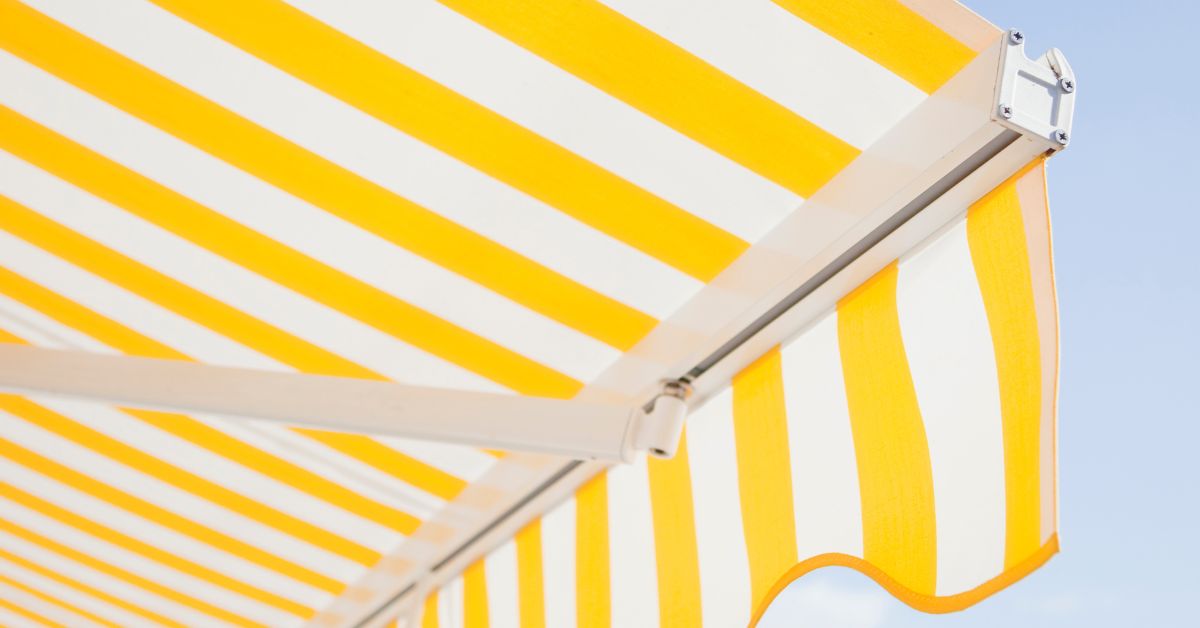
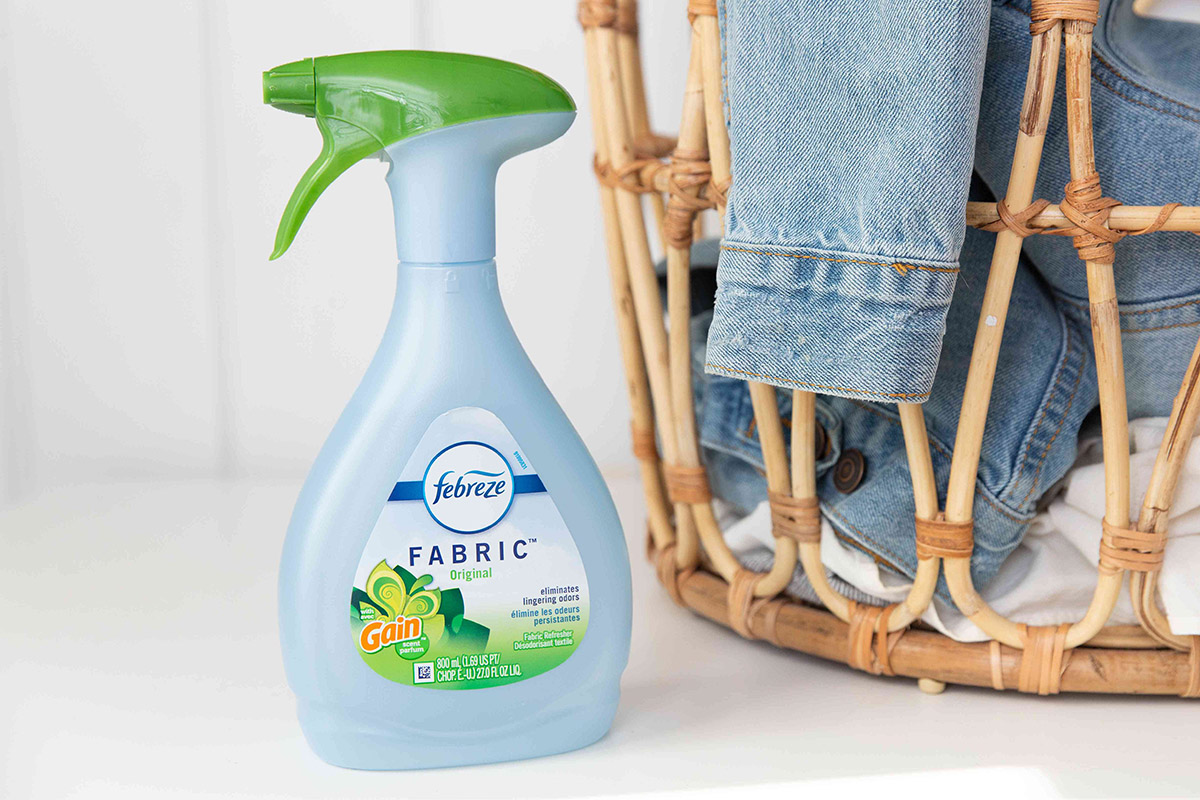
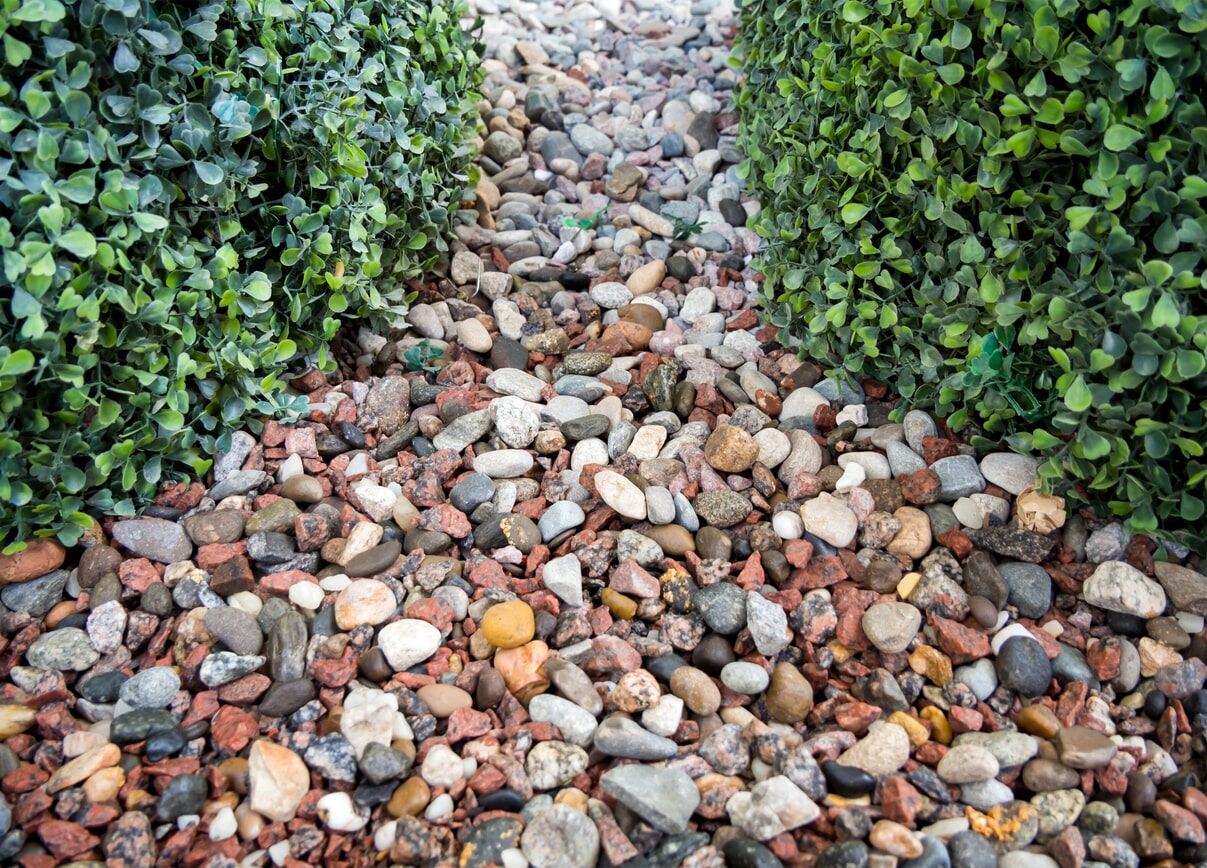
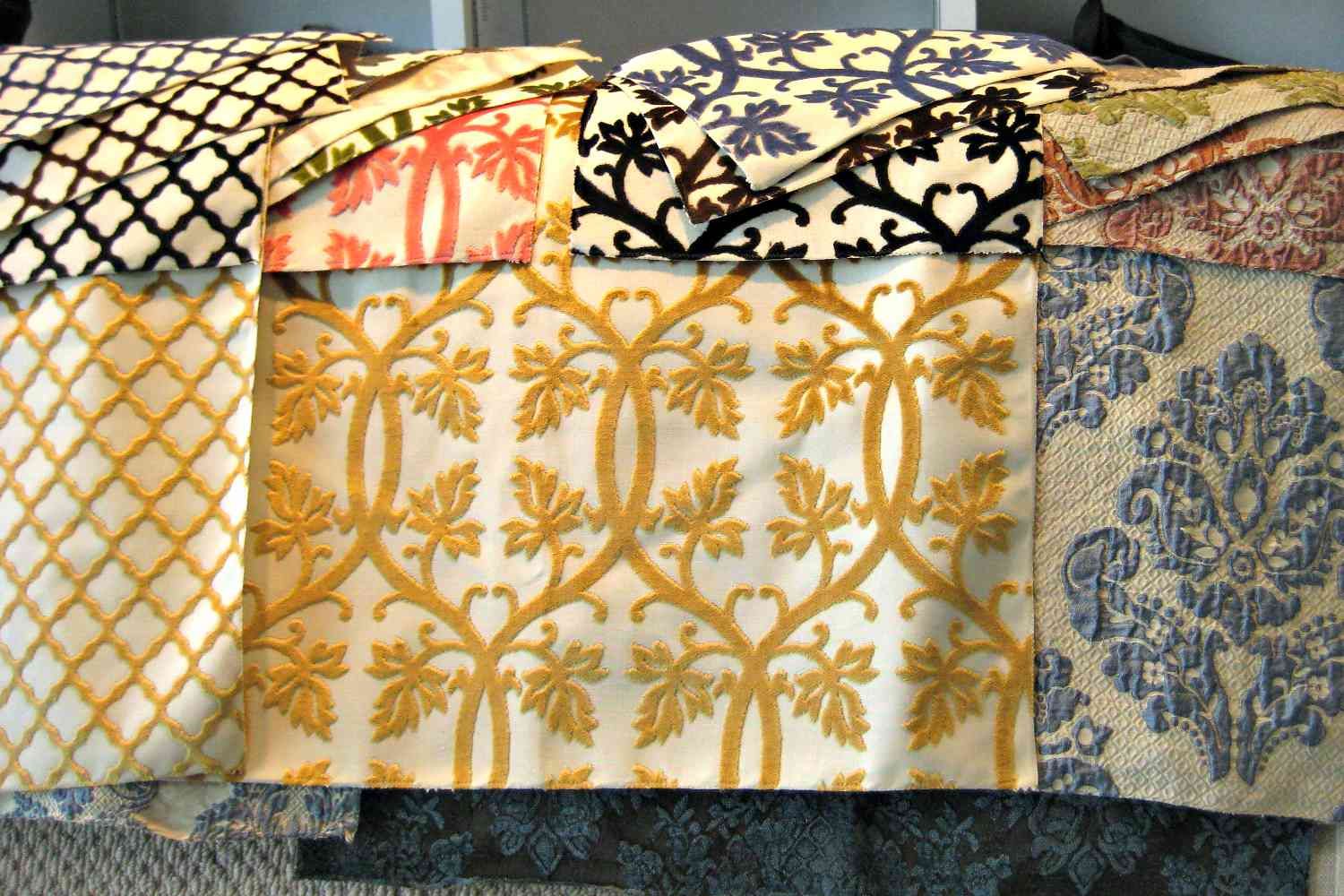

0 thoughts on “What Is The Best Landscaping Fabric To Prevent Weeds”